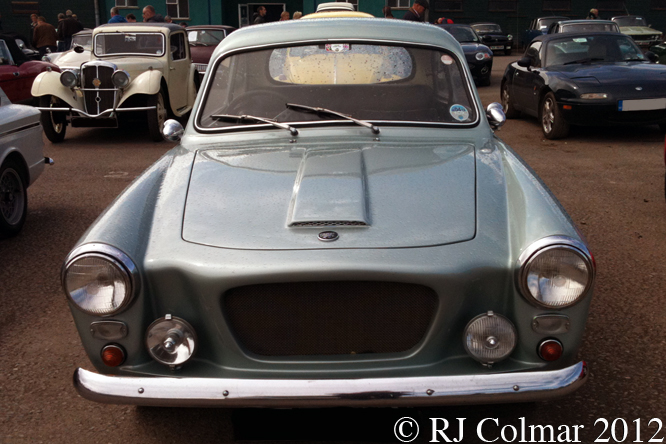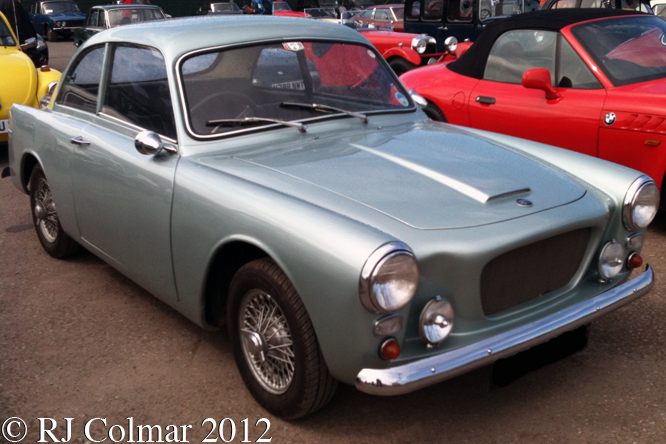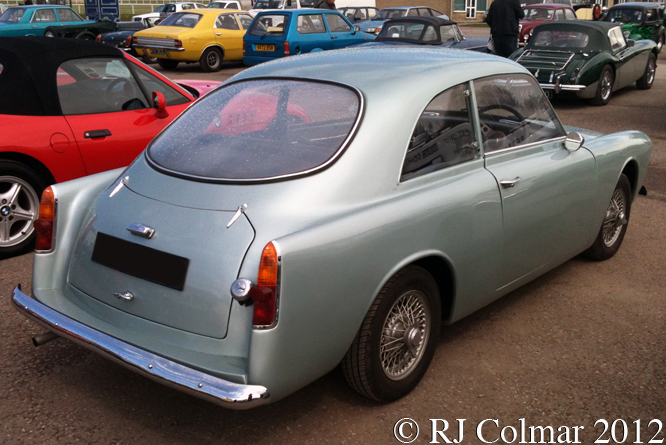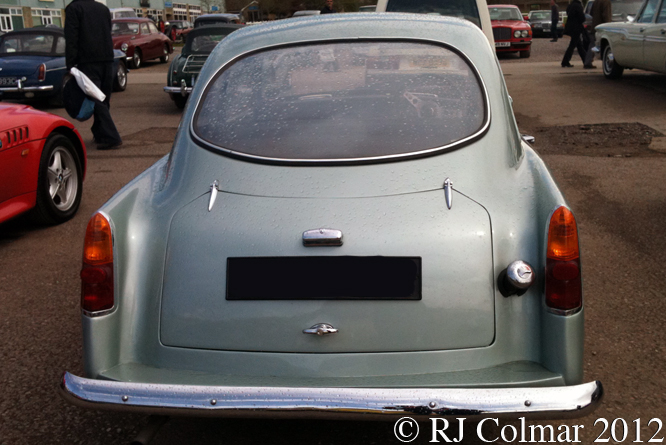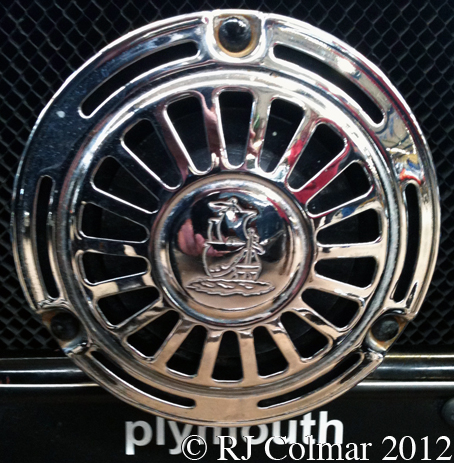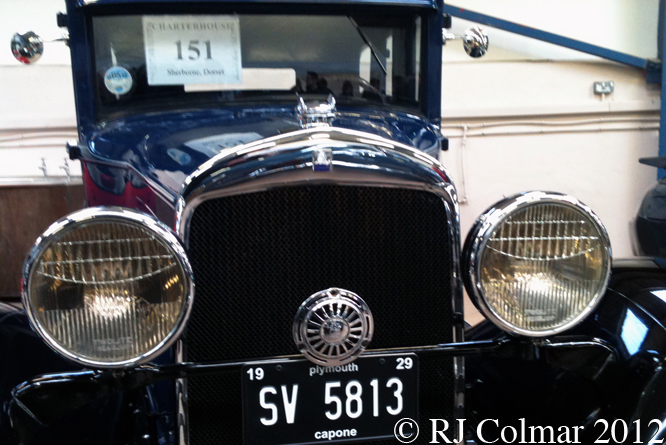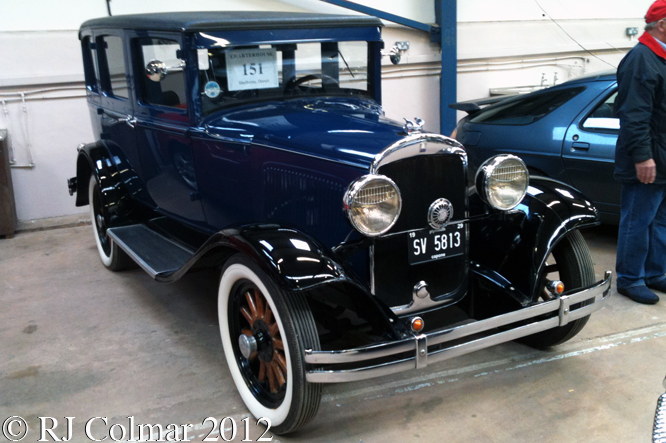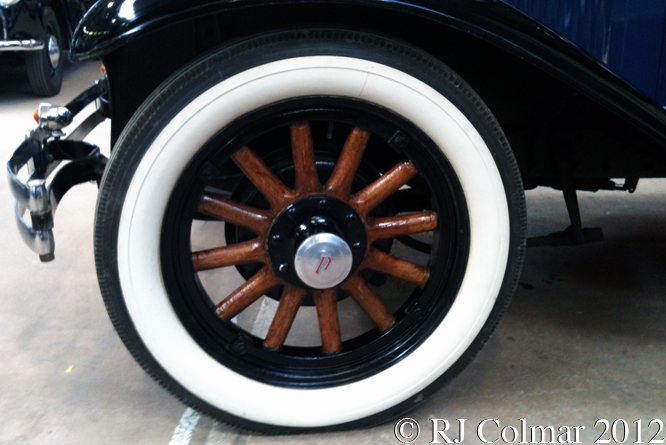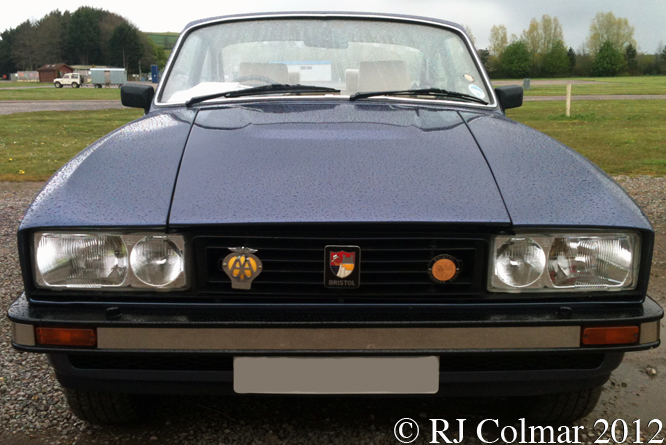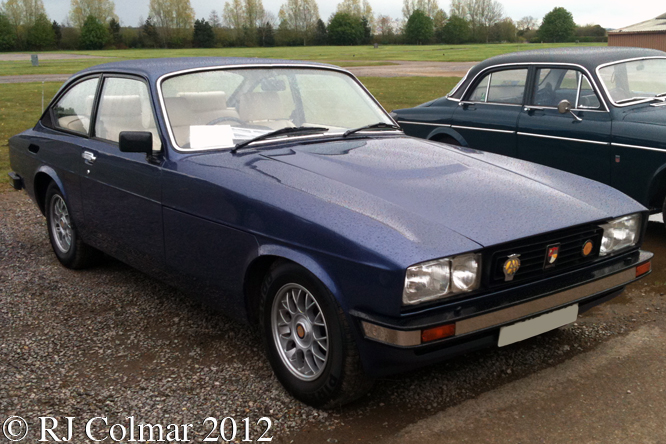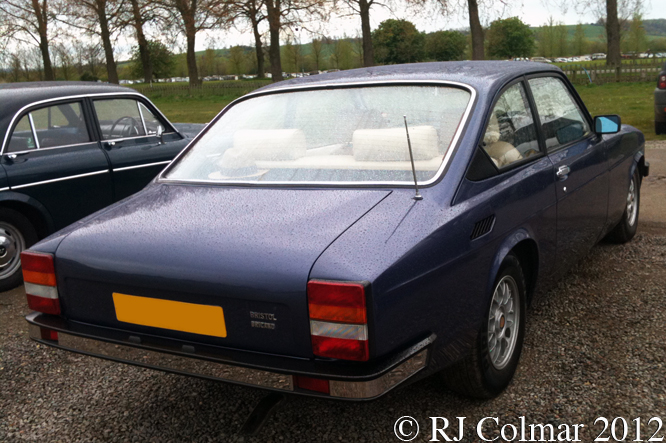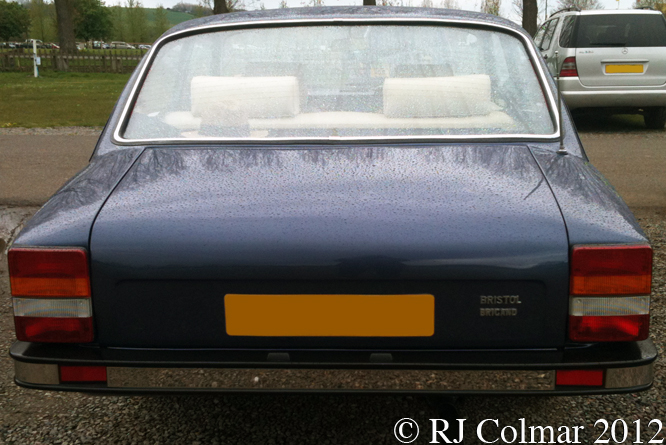In 1969 Gilbern launched the first of series of Invaders which were improved versions of the Gilbern Genie larger brakes and only powered by the larger 140 hp 3 liter / 183 cui of the Ford Essex V6 motor.
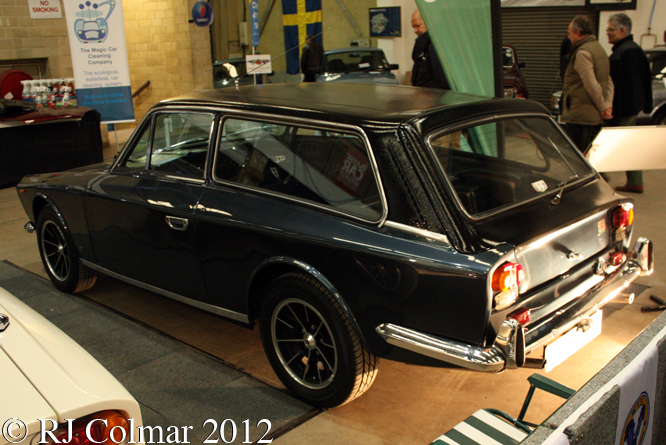
In 1970 the first Estate / Station Wagon or more correctly shooting brake versions of the Invader began to appear and in 1971 a Mk II version of Invader was built of the type featured today which was built in 1972 with a with stiffer chassis and MG C front axle.
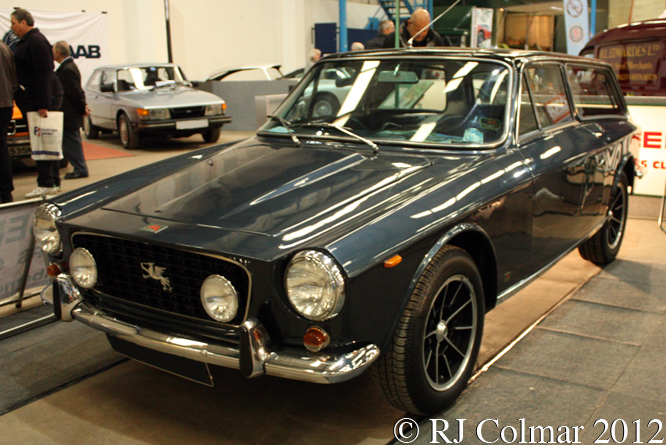
During the period of Invader production owners Ace Capital Holdings Ltd, whose primary business was in slot machines, were sold to Mecca whose portfolio included a large stake in the Bingo Hall and related gambling operations and the Miss World Franchise.
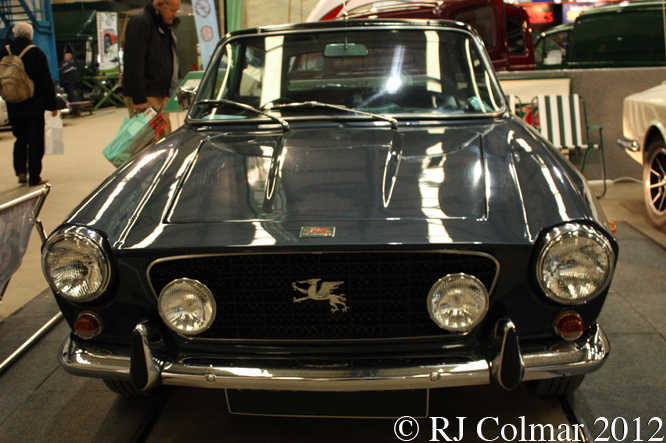
Car manufacture did not fit in with Mecca’s business plan and so Gilbern was sold in a management buyout to first Maurice Collins 1970 and then to his former co director Mike Leather in 1972. For a very short period in 1972 production reached a break even point of 4 cars a week. In all 212 GT and 104 Estate Invader Mk II’s were built up until September 1972 making the MkII the most successful of all Gilbern models.


